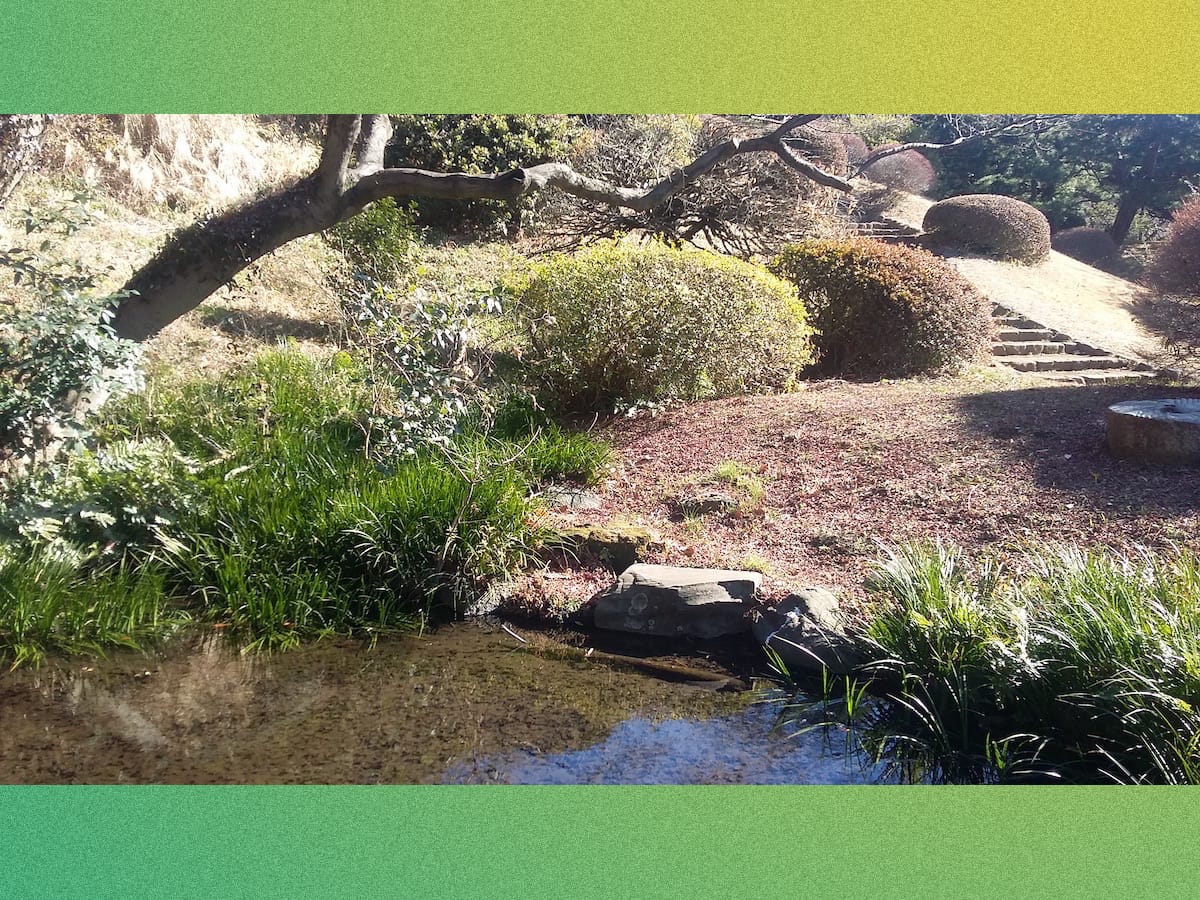
Photo by George Lloyd
The Koishikawa Botanical Gardens are the oldest in Japan and rich in stories to tell
- Tags:
- Garden / Koishikawa Botanical Gardens / Park
Related Article
-

Experience the traditional delights of Japanese summer nights at Suzumushi Cafe
-

Nintendo Attractions Will Be Making Their Way To Universal Studios Parks In Japan And The U.S.
-

teamLab’s Interactive Digital Art Exhibitions Taking Over Historical Japanese Garden This Month
-

Enjoy Fall Colors in Tokyo at Shinjuku Gyoen National Garden
-

Join Tokyo’s First-Ever Great Santa Run To Help Sick and Needy Children
-

Pondering the archetypal outsider at the Lafcadio Hearn Memorial Park in Shinjuku


Koishikawa Botanical Gardens (Koishikawa Shokubutsuen 小石川植物園), cover 40 acres in Tokyo's Bunkyo ward. They belong to nearby Tokyo University, Japan's most prestigious university and are the oldest botanical gardens in Japan, having started life as the Koishikawa Medicinal Herb Garden, established by the Tokugawa Shogunate in 1684.
As Japan's first botanical gardens, they were the birthplace of modern botanical research in Japan after the Meiji Restoration. Today, they are home to several thousand species of tree and plant and include a beautiful Japanese landscape garden. You can see plants from all over Japan, Korea, Taiwan and China, including camellias, maples, Japanese primroses, bonsai trees and alpine plants. There are 1400 hardy woody species, 1500 hardy herbaceous species, and 1100 tropical and subtropical species.
Photo by George Lloyd
There are many historic plants that point to the gardens’ long history. Since the gardens are located in a warm temperate zone, the natural vegetation is a mixture of broad-leaved evergreen forests, some of which are remnants of the original deciduous forest that would have covered much of Tokyo 300 years old.
The gardens are rich in stories. The eighth shogun Yoshimune (1684-1751) undertook the first and most effective administrative reform of the Edo period, among them some remarkable experiments in social policy. One was the installation of a meyasu-bako, or suggestion box, so that the city’s people could express their opinions directly to the shogun. One of the ideas he received was to open a free hospital for the poor. He duly built the Koishikawa Yōjōsho 小石川養生所, or hospital, in the gardens. The only remaining trace of the hospital is its well.
Photo by George Lloyd
The gardens’ offices are housed in a very nice art deco office building, constructed in 1921. Two years after it was built, most of Tokyo was destroyed by the fires that engulfed the city in the wake of the Great Kanto Earthquake of 1923. The offices survived, not because they were earthquake-proof, but because they were made of concrete. Most of Tokyo was made of wood, and most of it went up in flames.
The plentiful water springing from the gardens’ well played an invaluable role in saving the lives of the 30,000 survivors who found their way to Koishikawa and many of them spent the next two years living in the gardens.
There is an interesting apple tree in the gardens. It is a graft from the apple tree in Sir Isaac Newton's garden, the very one that features in the famous anecdote about how the great scientist discovered the law of gravity after watching an apple fall from a tree. The graft was given to the former President of the Japan Academy, by the former Director of the National Physical Laboratory in England in 1964.
Photo by George Lloyd
The gardens offer peace and quiet, being far removed from the hubbub of the surrounding city. They are one of the best places to see the cherry blossom, as they don’t get as crowded as other hanami spots. You might also like to come in the first week of May, which is the best time to see the azaleas, or in early autumn, when the maples turn. They’re an excellent place to enjoy a picnic.
Koishikawa Botanical Gardens are open from 0900 to 1630 (the last entry is at 1600). They’re closed on Monday (or the following day if Monday is a public holiday). Admission is 500 yen.
The gardens are a 10-minute walk from Myōgadani Station on the Marunouchi subway line and the same distance from Hakusan Station on the Mita subway line (be careful not to confuse them with the similarly named Koishikawa Korakuen, a nearby Edo era garden).